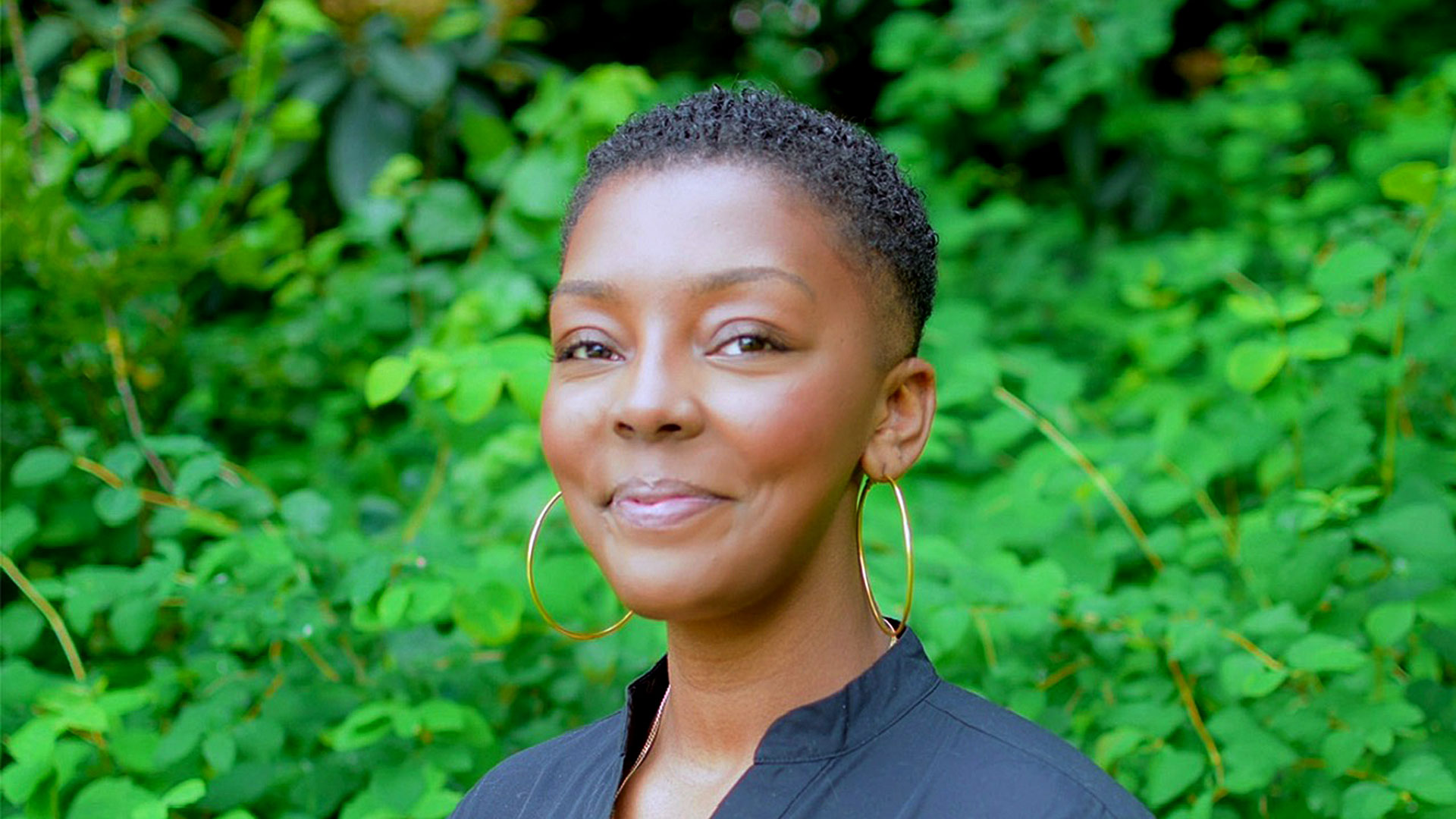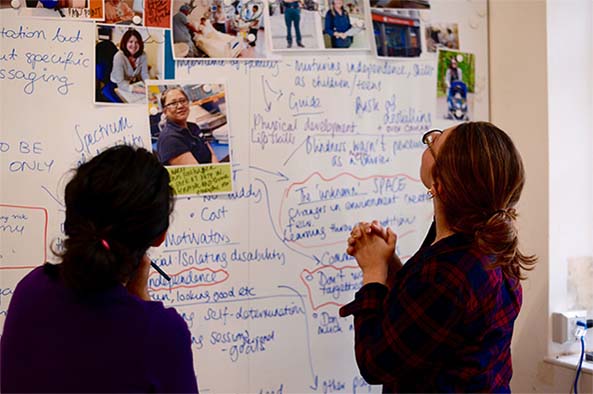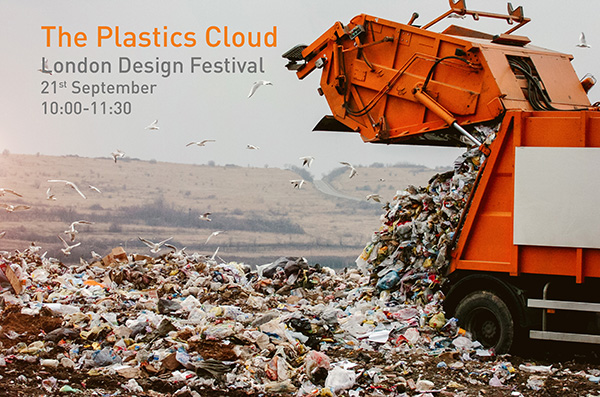
by Daniel Boettcher — Sep 11, 2018
The Plastics Cloud: How a unique collaboration between technology and design thinking is pointing to new ways of reducing plastic waste.
Take a plastic milk bottle. By the time it reaches your kitchen it has been on a journey. It has a story to tell. Where it was made; what materials were used; how it got to the supermarket shelf; who bought it. When the container is empty the journey continues- as it becomes waste or is processed into a new material.
That one bottle has been through many hands and processes. Along the way it has also been creating information. Data. The problem is, we’re not very smart at using that data. We don’t always collect it well, share it properly, process it efficiently. Doing all of that better could help us cut down on the amount we waste- and that brings us to the Plastics Cloud.
It is an idea that has come out of a unique collaboration: one of the world’s largest software companies, SAP, working together with the design agency Design Thinkers Academy London.
The story of the Plastics Cloud
Turn the clock back 5 months. At a studio in south London, a group of people is coming together for the first time. Citizen Consumers. They know they are taking part in a project on plastics but they haven’t been told much more than that. Deliberately. So there are no preconceptions.
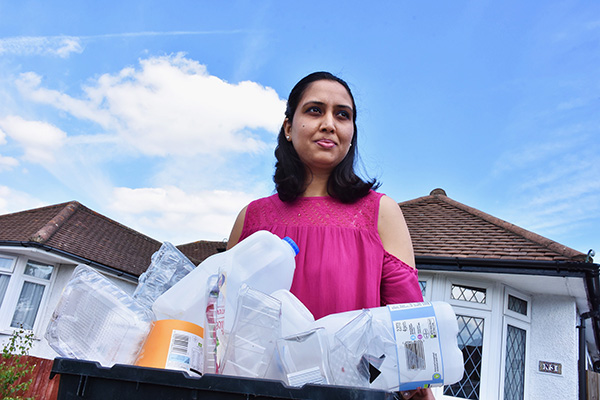
Over the next few weeks they take part in workshops, compare experiences, analyse how they use plastic, why they behave as they do and why often their actions don’t match their intentions. They also keep digital diaries which generate valuable insights.
It’s called ethnographic research. A user-centred approach looking at consumers not as statistics, but as people whose behaviour can inform new ways of doing things.
Next, the project moves to a loft space in Shoreditch. Small teams working in five spaces are set the same challenge:
“How can we harness the appetite among UK citizen-consumers for swift action on plastic waste and pollution to deliver fresh, impactful and systemic solutions?”
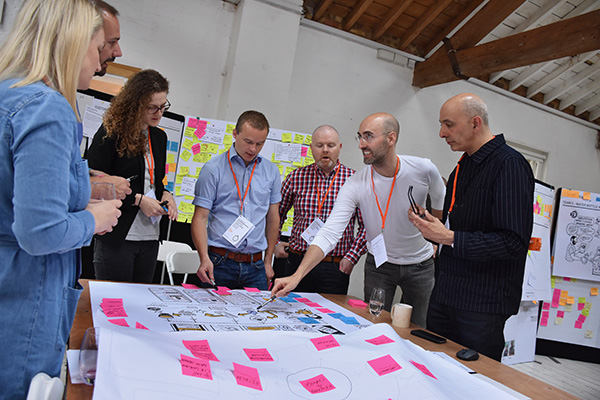
Nothing is off the table. There is no agenda. The consumer research is the starting point for a Design Sprint. And there are big names present- among them Unilever, Coca Cola European Partners, Visa, Orange.
Over three days ideas are formed, developed, transformed into drawings and concepts. Consumers come back to test them and to provide feedback. There is an extraordinary energy in the room and a strong sense of purpose. It’s competitive too, because the ideas are then pitched to a jury.
Fast forward again and those concepts are already being worked up into prototypes. One shows how existing retail loyalty schemes could be used to reduce plastic waste by nudging behaviour; another demonstrates how geolocation and machine learning can combine to help consumers recycle more effectively at home and on-the-go.
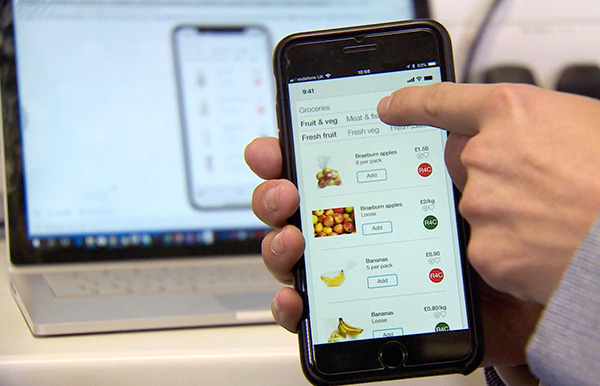
The prototypes – being developed with SAP technology – all feed into the most surprising idea generated by the project. The Plastics Cloud. The common theme is data.
What if data on plastics could be brought together in one place? Data that already exists; the vast stream of information that our use of plastics is constantly generating. A powerful new collaborative tool, a transparent, trusted, live data set.
A resource like that could help companies, waste managers, councils and consumers make better decisions.
There is also huge potential to apply new technologies to make that happen- artificial intelligence, machine learning.
There are, of course, significant hurdles and they are common to any consideration of big data: ownership, privacy, security, commercial sensitivity.
A possible solution to some or all of those concerns is another idea that is developing rapidly: Data Trusts. Frameworks or mechanisms through which data can be pooled fairly and safely for mutual or social benefit. Similar initiatives are already being explored in other areas including transport.
So that has been the journey from individual consumer experiences to concepts that are still evolving.
This is just a stage, but a significant one.
I have been involved with the project form the start. Researching, filming, advising- but also watching as the ideas have taken shape. From that perspective it has been a fascinating process- and one that is now drawing in more and more of the kinds of companies and organisations that can make change happen.
The Plastics Cloud concept, the prototypes and consumer research were shared at the London Design Festival on 21st September. Today it is now integrated into SAP’s fast developing environmental sustainability programme. It is helping scores of SAP customers manage plastic-use more effectively using the world’s largest business-to-business network, to create a global marketplace for suppliers of recycled plastics and plastic alternatives.
